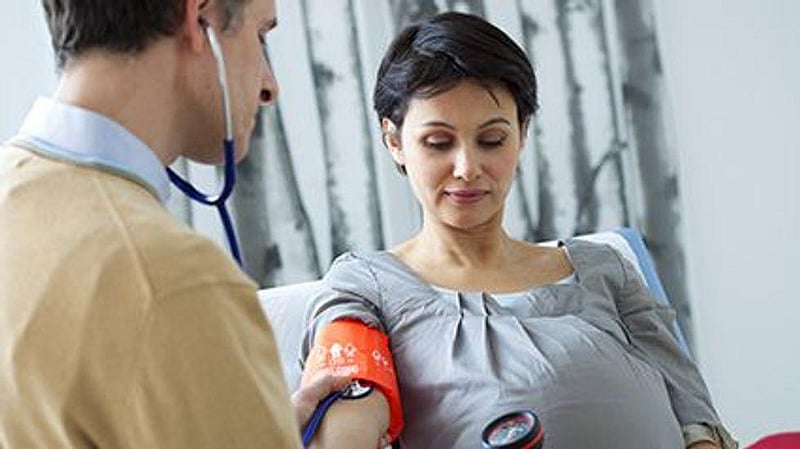Get Healthy!

- Posted July 10, 2023
Undiagnosed Endometriosis Can Harm Fertility
Women with undiagnosed endometriosis had far fewer babies than their peers in the years preceding their diagnosis, according to new research.
"Our findings suggest that doctors who see women suffering from painful menstruation and chronic pelvic pain, should keep in mind the possibility of endometriosis and treat them effectively,"said study leader Dr. Oskari Heikinheimo, of Helsinki University Hospital in Finland.
"Doctors should discuss with these women the possible effects on their fertility, in addition to the effects of their age, and the impairment of fertility should be minimized by offering relevant treatment for endometriosis without delay," he said.
The findings, published July 4 in Human Reproduction, were consistent no matter what form of endometriosis the women had: ovarian, peritoneal, deep endometriosis or other types.
Endometriosis is a painful chronic inflammatory condition in which tissue from the lining of the womb grows in other places.
Symptoms can include painful menstruation, pelvic pain, difficult or painful sexual intercourse and difficulty getting pregnant.
It often takes up to seven years to get a correct diagnosis, which is typically done surgically. Diagnosis based on ultrasound findings or symptoms alone is now accepted.
Little is known about the possible effects on fertility of different types of endometriosis, especially in the years before diagnosis.
To study this, researchers looked at more than 18,000 Finnish women ages 15 to 49. Each had surgical verification of endometriosis between 1998 and 2012.
Researchers matched these women with more than 35,000 women without an endometriosis diagnosis. Women were followed until their first live birth, sterilization, removal of the ovaries or womb or until the surgical diagnosis of endometriosis, whichever came first.
Women with endometriosis were also divided into four groups based on the type of their endometriosis.
The average time of follow-up before surgical diagnosis was 15.2 years. Average age at the time of endometriosis diagnosis was 35.
More than 7,300 women with endometriosis, 40%, and more than 23,700 women without endometriosis, 66%, delivered a live baby during the follow-up period.
The rate of first live births among women with endometriosis was half that of women without the condition.
Over the decades, an increasingly lower first live birth rate was seen in women with endometriosis compared to women without the condition.
In women born during the 1940s, the difference in live birth rates between the two groups was 28% before surgically diagnosed endometriosis. It rose steadily to 87% during the 1970s.
"We assume that this is associated with the older age of women when they have their first baby, earlier surgical diagnosis of endometriosis and accumulating adverse effects of endometriosis in women affected by the condition,"Heikinheimo said in a journal news release.
Women with endometriosis had an average of 1.93 children before their diagnosis compared to 2.16 for those without endometriosis.
"The possible effect of endometriosis on the desired number of children highlights the importance of early diagnosis and treatment,"Heikinheimo said.
"It is important to note that this study reports on live births before a definitive diagnosis of endometriosis," he added.
Researchers now plan to report on fertility rates after diagnosis and treatment.
Including only surgically confirmed endometriosis may have ruled out women with milder symptoms, researchers said. They had no data on whether women wanted to become pregnant and could not rule out the effect of fertility treatments. They said the study's large size was a strength.
More information
The Office on Women's Health has more on endometriosis.
SOURCE: Human Reproduction, news release, July 4, 2023
